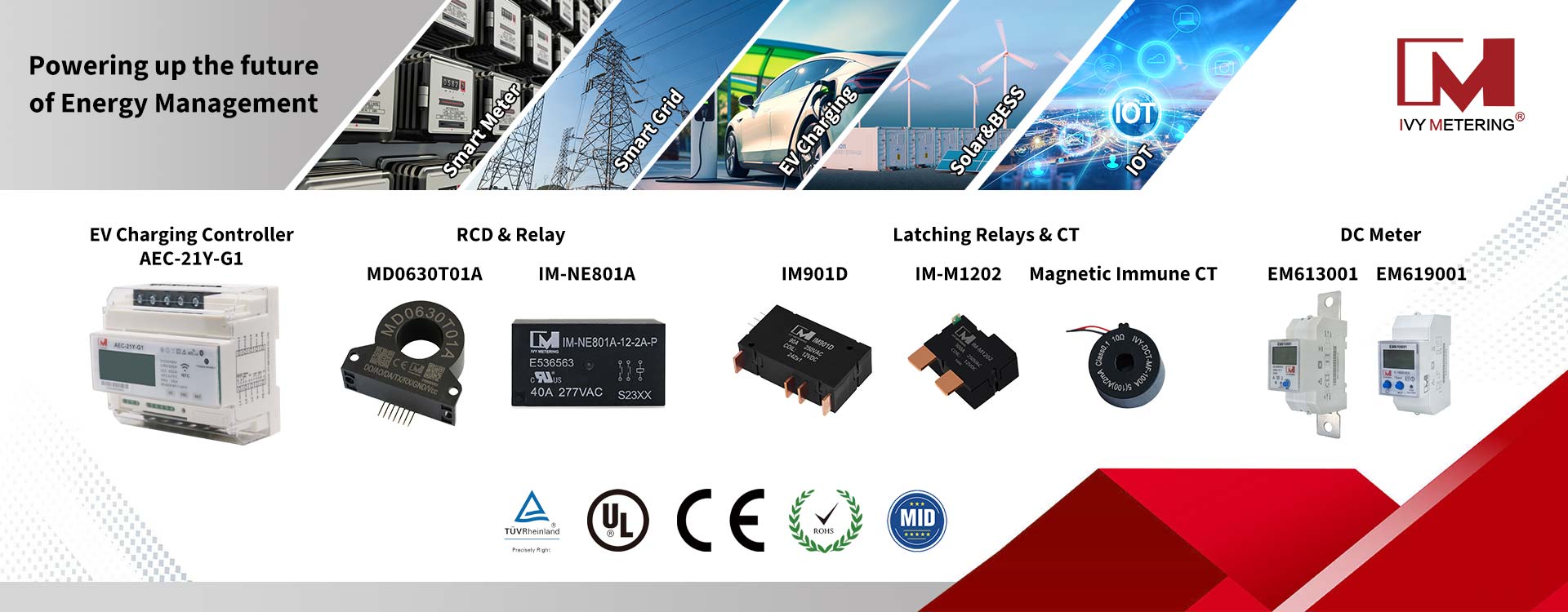New Energy and Accessories’ Development of Netherlands
The penetration rate of new energy vehicles in the Netherlands will be only 5.5% in 2018, rising rapidly to 13.7% in 2019, and the Dutch government will propose a new subsidy plan in 2020. The Dutch Cabinet has adopted a new policy on subsidies for electric vehicles for 2020-2025 (the total annual budget needs to be reviewed). A total of 17.2 million euros will be subsidized in 2020, of which 10 million will be used to subsidize new electric vehicles and 7.2 million euros will be used to subsidize second-hand electric vehicles. A subsidy of 4,000 euros is defined for the purchase or rental of new electric vehicles (120km on a range of ≥, priced at 12-45,000 euros) and 2,000 euros for second-hand electric vehicles. In 2021, encouraged by the policy, we can see that the market share of electric vehicles in the Netherlands has been growing, while the demand for electric vehicle charging piles is also growing.
In the Netherlands, the economic advantages of driving electric cars have been proven time and again. Electric vehicles not only have an advantage over gas-fired vehicles in terms of maintenance, but they are also more valuable than internal combustion engine vehicles. Tesla Model 3, for example, has made a huge contribution to electric vehicles in the Netherlands and around the world. At the same time, in addition to Tesla's overcharge, there are also a lot of publicity charging platform.
Recently, many companies in the Dutch market that make charging piles and charging pile platforms have asked us about leafage current sensor leakage for protection. As an EV new energy accessories manufacturer, we have switching components, measuring components, sensing components, metering products.
One of the products of concern is the AC DC leakage sensor of the MD0630T01A-pin/vertical model. Not only does this leakage sensor meet the Certification Requirements IEC62955 standard in the Dutch market, but the pin model is also more accurate than the Hall sensor on the market, can monitor the leakage current alarm value is lower. Same time UART communication is special from the other leakage sensors on the market, enabling AC DC alarm threshold to be set through UART (default DC 6mA AC 30mA without setting).
 Previous: New Energy Parts of Turkey
Previous: New Energy Parts of Turkey











